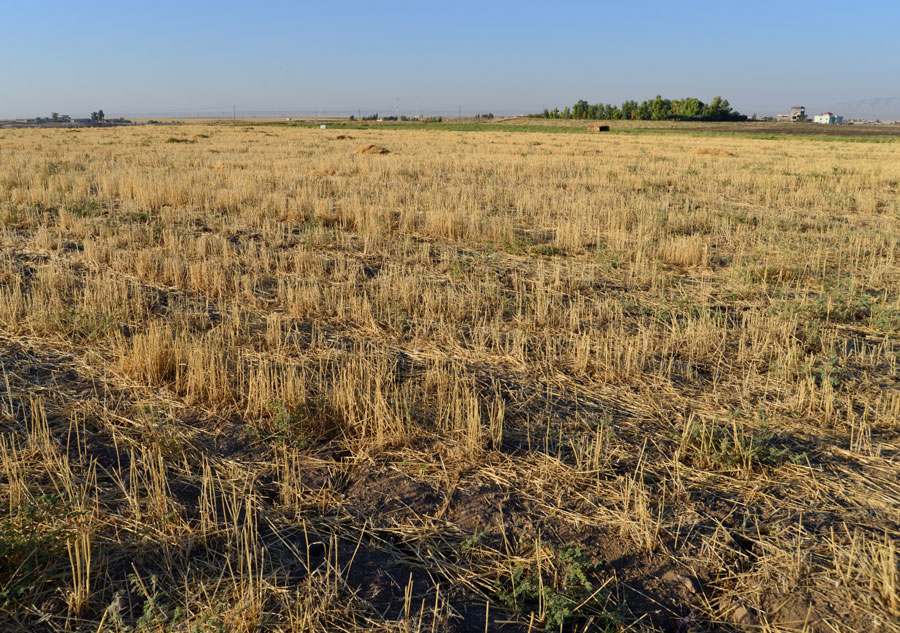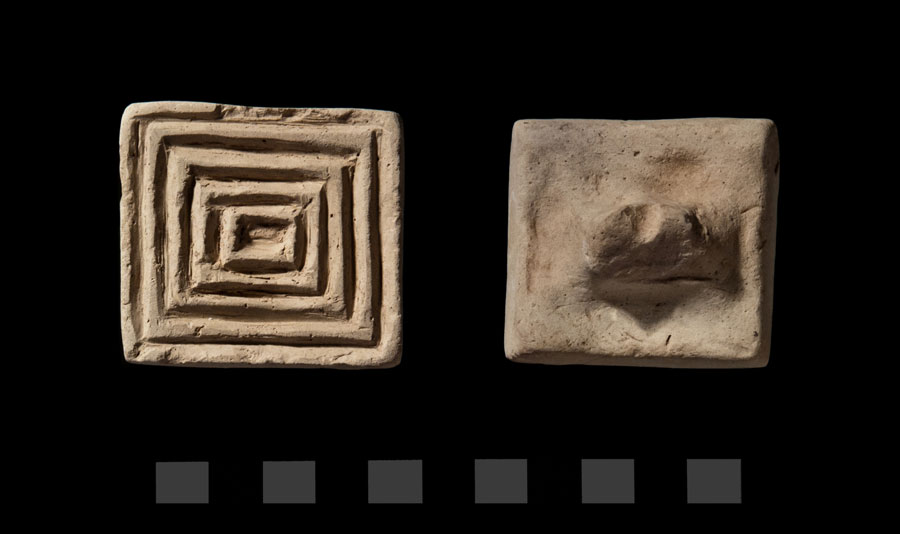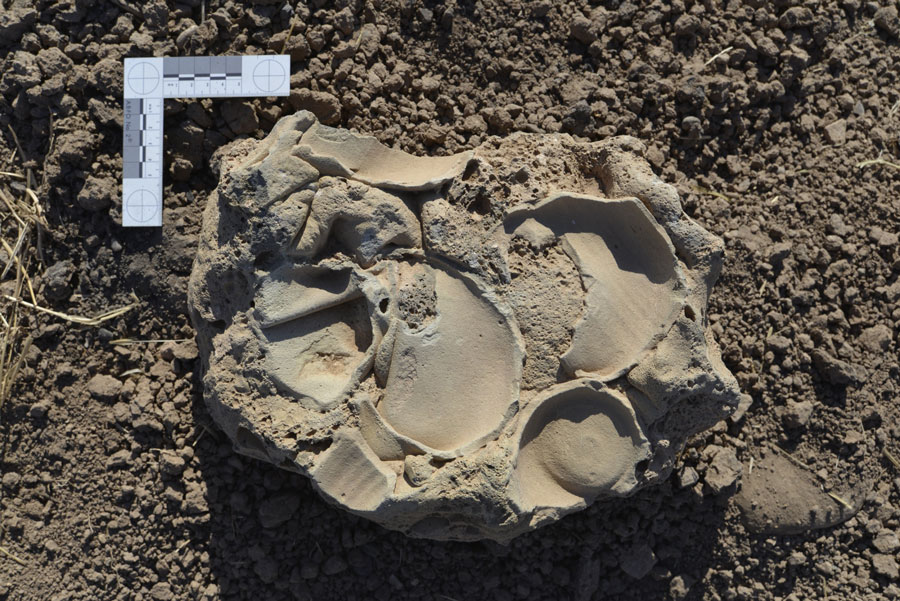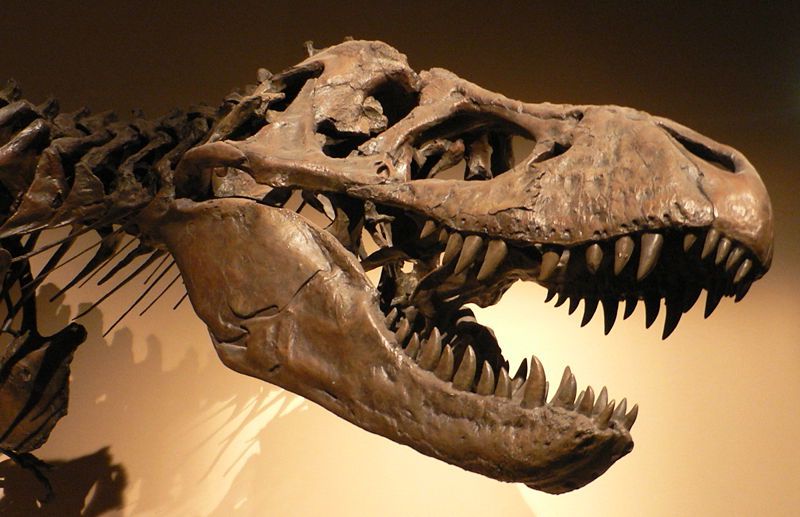Located on the bank of what is known as the Great Zab river, the city was discovered during the investigation of the Fertile Crescent, which is a 3,000 square km region that many believe was the birth of agriculture approximately 10,000 years ago.
Due to political instability and terrorism threats in the area such as ISIS, the region has been off limits for some time.
“What is surprising is the size of this settlement,” said Rafal Kolinski of Adam Mickiewicz University in Poznan. “All the earlier settlements evidenced in the area are very small in size, rarely exceeding 1 hectare. The same can be said of settlements contemporary to Xarab-i Kilashin, our urban site, which were mere villages.”
The archaeological site has already proven extremely fruitful, with approximately 12,000 artefacts found so far. Artefacts include pottery and other ceramics, as well as terracotta stamps, hinting at the main forms of industry in Xarab-i Kilashin.
“Pottery waste – vitrified or melted pots from overheated pottery kiln – found mainly in the eastern area indicate intensive pottery production,” Koliński said. “Terracotta stamps used for decorating tissues suggest weaving workshops, an industry typical for southern Mesopotamian cities.”
It is believed that the city was an independent administrative seat for a dignitary who ruled the fertile lands by the river, however after the rise of the Assyrian Empire at around 2,000BC, the city went into decline.
Around the neighbouring areas, archaeologists have also discovered hundreds of settlements, and plan to continue their investigation of the area.







